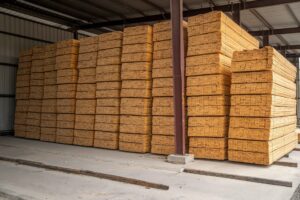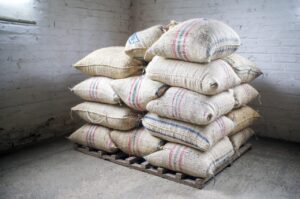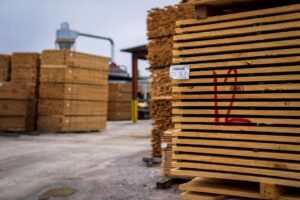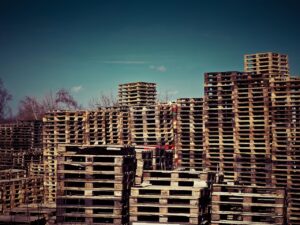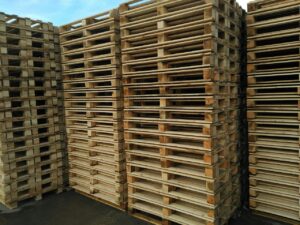1. Introduction
Bamboo biomass pellets are an eco-friendly alternative to traditional fossil fuels. These pellets are used in industrial boilers, heating systems, and power plants. With rising demand for renewable energy sources, bamboo biomass pellet production offers a sustainable and profitable business opportunity.
2. Market Analysis
2.1 Industry Overview
The global biomass pellet market is growing at a CAGR of 8-10%, driven by increasing environmental concerns and government policies promoting renewable energy. Bamboo-based pellets offer superior energy efficiency and sustainability compared to wood pellets.
2.2 Target Market
Industrial heating and boilers
Power generation plants
Commercial and residential heating systems
Export markets focusing on renewable energy solutions
2.3 Competitive Advantage
High energy efficiency and low emissions
Faster-growing and more sustainable than wood-based alternatives
Abundant bamboo availability in India
3. Project Cost and Investment
3.1 Fixed Capital Investment
| Item | Cost (INR) |
|---|---|
| Land & Building (Rent) | |
| Machinery & Equipment | |
| Biomass Processing Unit | |
| Packaging & Storage Setup | |
| Miscellaneous Expenses | |
| Total Fixed Capital |
3.2 Working Capital (3 Months)
| Item | Cost (INR) |
|---|---|
| Raw Materials (Bamboo) | |
| Labor Wages | |
| Utility Bills | |
| Marketing & Promotions | |
| Miscellaneous | |
| Total Working Capital |
3.3 Total Investment Requirement
Fixed Capital + Working Capital =
4. Production Process
Bamboo Sourcing – Procuring raw bamboo from sustainable sources.
Chipping & Drying – Bamboo is chipped into small pieces and dried to reduce moisture content.
Grinding & Pelletizing – The dried bamboo is ground into fine powder and compressed into pellets.
Cooling & Packaging – Pellets are cooled and packed for distribution.
Quality Control – Testing calorific value, ash content, and moisture levels.
5. Revenue Model & Profitability
5.1 Expected Sales & Pricing
| Product | Selling Price/Ton (INR) | Monthly Production (Tons) | Monthly Revenue (INR) |
|---|---|---|---|
| Bamboo Biomass Pellets | |||
| Total Monthly Revenue |
5.2 Monthly Expenses
| Expense | Cost (INR) |
|---|---|
| Raw Materials | |
| Labor Wages | |
| Utility Bills | |
| Marketing & Promotions | |
| Maintenance | |
| Miscellaneous | |
| Total Monthly Expenses |
5.3 Monthly Profit Calculation
Revenue – Expenses =
5.4 Annual Profitability
6. Break-Even Analysis
Break-even Point (BEP) = Fixed Costs / Contribution Margin
Fixed Costs =
Contribution Margin = Selling Price – Variable Cost per unit
Assuming an average contribution margin of 50%: BEP =
7. Funding Options
Government Schemes (MSME loans, Startup India benefits, Renewable Energy Subsidies)
Bank Loans & Credit Facilities
Private Investors & Venture Capital
8. Sustainability & Future Growth
Expansion into biomass briquettes and biochar production
Export potential to European and Asian markets
Partnerships with power plants and industrial users


